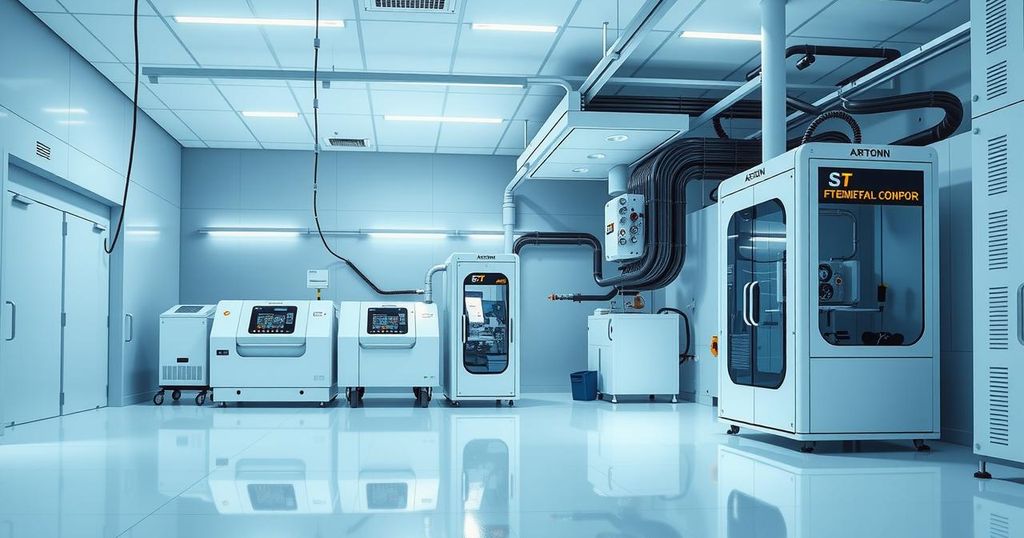Semiconductor Sector Developments: China Advances, TSMC Responds, and Intel’s Future
Recent developments in the semiconductor industry include China’s CIOMP offering uncapped PhD salaries for semiconductor research, TSMC dismissing acquisition rumors regarding Intel’s foundry, and Intel’s new CEO potentially reviving interest in India’s semiconductor sector. Huawei is advancing its chip self-sufficiency with SMIC, while Samsung is showing promise in HBM memory quality.
In recent weeks, the technology landscape has witnessed significant developments, particularly related to semiconductors. China’s Changchun Institute of Optics, Fine Mechanics, and Physics (CIOMP) is spearheading efforts to develop an alternative to ASML by offering unrestricted salaries to PhD researchers. This ambitious plan includes research contracts valued at CNY53.98 billion (approximately USD 7.46 billion) for 2025 and aims to bolster local semiconductor production as China strives for technological independence amidst US restrictions.
Simultaneously, Paul Liu, a member of TSMC’s board and head of Taiwan’s National Development Council, has refuted rumors regarding TSMC’s alleged interest in acquiring Intel’s foundry business. Liu stated that such discussions had never occurred and cautioned that such an acquisition might create more issues than solutions. He placed emphasis on the importance of international collaboration while addressing queries at the Taiwan Legislative Yuan Economic Committee.
Intel’s recent appointment of CEO Lip-Bu Tan has sparked excitement regarding potential developments in India’s semiconductor landscape. While immediate investments in semiconductor assembly and testing are not yet confirmed, experts posit that Tan’s leadership could rejuvenate interest in establishing an OSAT facility in India, enhancing the nation’s semiconductor ecosystem significantly.
Huawei is also making headlines by utilizing SMIC’s 7nm technology for its Kirin X90 PC chips, marking a decisive shift away from reliance on Intel, Microsoft, and Qualcomm. This transition reflects Huawei’s commitment to self-sufficiency and aims to position the company as a strong player within the local semiconductor industry, underpinned by government support and a mature supply chain.
Intel’s prospective revitalization is characterized by two compelling announcements: the appointment of Lip-Bu Tan as CEO and advancements in 18A process technology following the production of wafers at its Arizona facility. These strides signal Intel’s aspirations to reclaim its status as a competitive force in the semiconductor sector, contingent upon assembling highly skilled teams and establishing efficient manufacturing processes.
Lastly, Samsung Electronics has reportedly received positive evaluations for its HBM3E memory during an audit conducted by Nvidia, with expectations for quality certification by June. This development has sparked interest in Samsung’s potential role within Nvidia’s HBM supply chain. Concurrently, the surge of AI infrastructure in China is intensifying demand for SSDs and memory components, indicating a robust growth trajectory for China’s memory supply chain.
This week’s technological highlights reflect significant efforts towards advancements in semiconductor technologies, particularly from China and Taiwan. The strategic maneuvers of key players such as CIOMP, TSMC, Intel, Huawei, and Samsung illustrate the competitive dynamics within the industry. As the landscape evolves, global cooperation and innovation will be crucial for navigating the challenges and opportunities presented by these developments.
Original Source: www.digitimes.com








Post Comment